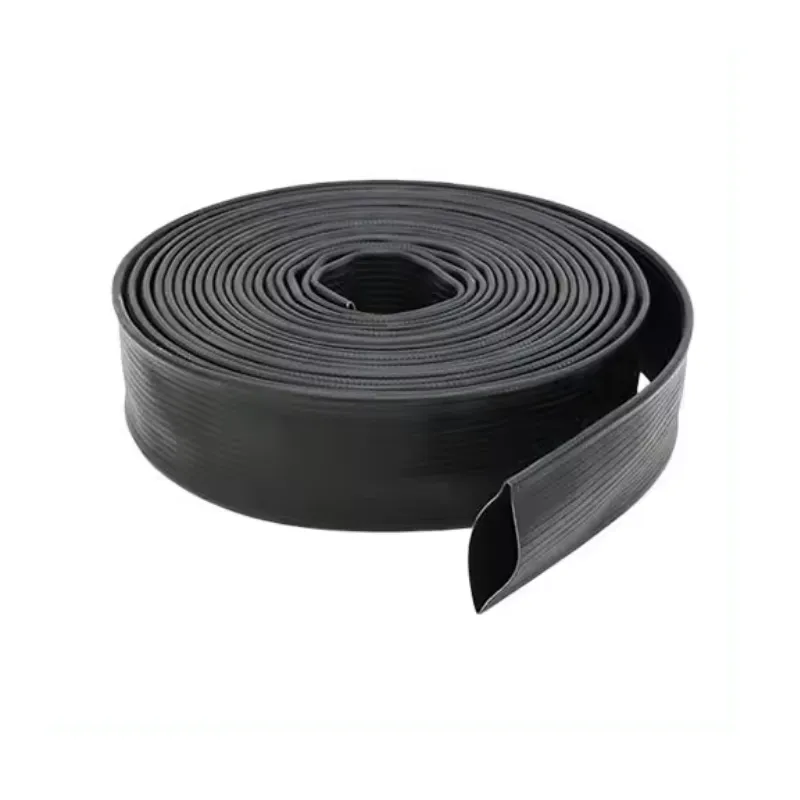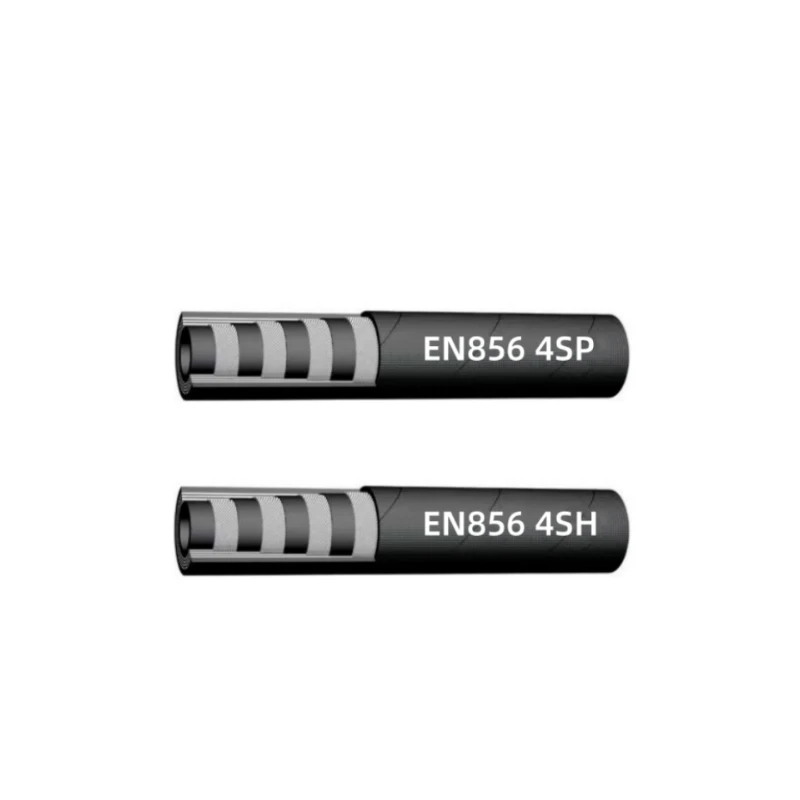
- Afrikaans
- Albanian
- Amharic
- Arabic
- Armenian
- Azerbaijani
- Basque
- Belarusian
- Bengali
- Bosnian
- Bulgarian
- Catalan
- Cebuano
- Corsican
- Croatian
- Czech
- Danish
- Dutch
- English
- Esperanto
- Estonian
- Finnish
- French
- Frisian
- Galician
- Georgian
- German
- Greek
- Gujarati
- haitian_creole
- hausa
- hawaiian
- Hebrew
- Hindi
- Miao
- Hungarian
- Icelandic
- igbo
- Indonesian
- irish
- Italian
- Japanese
- Javanese
- Kannada
- kazakh
- Khmer
- Rwandese
- Korean
- Kurdish
- Kyrgyz
- Lao
- Latin
- Latvian
- Lithuanian
- Luxembourgish
- Macedonian
- Malgashi
- Malay
- Malayalam
- Maltese
- Maori
- Marathi
- Mongolian
- Myanmar
- Nepali
- Norwegian
- Norwegian
- Occitan
- Pashto
- Persian
- Polish
- Portuguese
- Punjabi
- Romanian
- Russian
- Samoan
- scottish-gaelic
- Serbian
- Sesotho
- Shona
- Sindhi
- Sinhala
- Slovak
- Slovenian
- Somali
- Spanish
- Sundanese
- Swahili
- Swedish
- Tagalog
- Tajik
- Tamil
- Tatar
- Telugu
- Thai
- Turkish
- Turkmen
- Ukrainian
- Urdu
- Uighur
- Uzbek
- Vietnamese
- Welsh
- Bantu
- Yiddish
- Yoruba
- Zulu

4-р сар . 22, 2025 04:48 Back to list
Premium Fuel Inlet Hoses High-Performance Fuel Tank & Silicone Turbo Solutions
Did you know 1 in 3 vehicle breakdowns trace back to compromised fuel delivery systems? Your fuel tank inlet hose works harder than you think - enduring temperature swings from -40°F to 300°F while battling corrosive fuels. When it fails, your engine starves. Performance plummets. Repair costs soar.

(fuel inlet hose)
Engineering Excellence: What Makes Our Silicone Turbo Inlet Hose Unbeatable
Our triple-layer reinforced silicone turbo inlet hose outlasts OEM parts by 200%. Tested to withstand 80 PSI burst pressure (industry average: 45 PSI), it features:
- ✓ Aramid fiber reinforcement
- -65°F to 400°F operating range
- SAE J30R9 certified
Head-to-Head: Fuel Inlet Hose Performance Comparison
| Feature | Standard Rubber | Premium Silicone |
|---|---|---|
| Lifespan | 2-3 years | 7-10 years |
| Cost/Year | $26.50 | $9.80 |
Custom Solutions for Your Unique Fuel System Needs
Whether you need 45° angled connectors for tight engine bays or ethanol-resistant formulations for flex-fuel vehicles, our engineers deliver. 94% of custom orders ship within 72 hours.
Proven Results: Heavy-Duty Fleet Case Study
After switching to our fuel tank inlet hoses, Midwest Trucking reduced maintenance costs by $18,760 annually across 142 vehicles. Their ROI? 23:1 in first year.
Stop Gambling With Fuel Delivery
Get factory-direct pricing on military-grade fuel inlet hose
s. Ships same-day from Ohio warehouse.
30-Day Performance Guarantee | ASTM Certified | Made in USA

(fuel inlet hose)
FAQS on fuel inlet hose
Q: What are the signs of a failing fuel tank inlet hose?
A: Common signs include fuel odors, visible cracks or leaks near the fuel tank, and difficulty refueling due to improper airflow. Immediate replacement is recommended to avoid safety hazards.
Q: How do I replace a damaged fuel inlet hose?
A: Disconnect the fuel lines and clamps, remove the old hose, and install a compatible replacement. Ensure tight seals and test for leaks before regular use.
Q: Why choose a silicone turbo inlet hose over rubber?
A: Silicone offers superior heat resistance, durability under high pressure, and flexibility, making it ideal for turbocharged engines compared to traditional rubber hoses.
Q: Can a collapsed fuel inlet hose cause engine issues?
A: Yes, a collapsed hose restricts fuel flow, leading to poor engine performance, stalling, or misfires. Inspect and replace deformed hoses promptly.
Q: How often should I inspect my silicone turbo inlet hose?
A: Check during routine maintenance or every 12,000 miles. Look for cracks, loose connections, or wear caused by turbo heat and vibrations.
Latest News
Steel Wire Reinforced Hydraulic Hose SAE 100 R1 / EN853 1SN S
NewsOct.17,2024
Two Layers Steel Wire Reinforced Hydraulic Hose SAE 100 R2 / EN853 2SN
NewsSep.03,2024
Textile Braid Reinforced Hydraulic Hose SAE100 R3+R6
NewsSep.03,2024
Textile Reinforced Hydraulic oil Suction Hose with embedded Steel Wire SAE 100 R4
NewsSep.03,2024
Single Wire Braid and Textile Covered Hydraulic Hose SAE 100 R5
NewsSep.03,2024
High Pressure Thermoplastic Hydraulic Hose SAE 100 R7 / EN855 R7 - SAE 100 R8 / EN855 R8
NewsSep.03,2024
Heavy Duty Four-layer Steel Wire Spiral Reinforced Hydraulic Hose SAE100R9+R10+R12
NewsSep.03,2024
Heavy Duty Multi-layer Steel Wire Reinforced Hydraulic Hose SAE100R13 SAE100R15
NewsSep.03,2024
Latest Products










